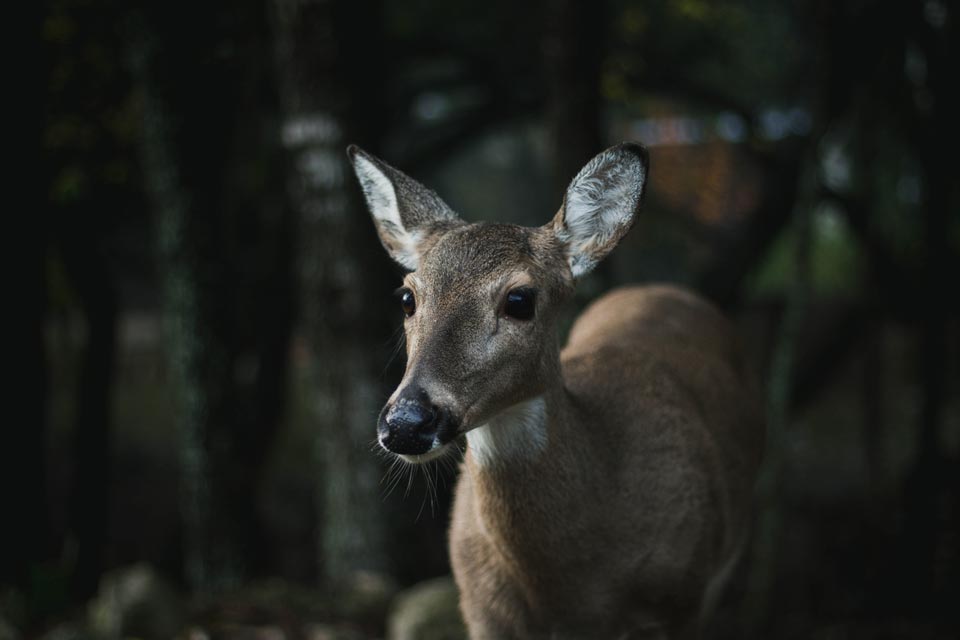A couple of weeks have passed since my last update [in blog time it hasn’t really been that long] and time seems to be flying by faster than ever.
The last few weeks have been a bit of a whirlwind trying to wrap up the final weeks of data collection. Our slog of 4 straight weeks of visiting plots in Bald Eagle State Forest has finally come to an end. We wrapped up our last plot there on the 4th of August. Short(er) drives the rest of the season. Wa-hoo! ☺
Returning to Rothrock State Forest has been productive and uneventful. We wrapped up our last two days of vegetation surveys this week and collected soil the other two days. We also managed to take canopy photos at all but one site, so we will finish taking those photos next week.
I’ve mentioned canopy photos a lot in my posts because we take them at every plot we visit. But you’re probably wondering a bit about why we take them.
Canopy photos are a simple way for us to assess the amount of light that’s coming in at a particular location. Light (of course!) is one of the most fundamental abiotic (non-living) factors influencing plant growth and development. Species vary considerably in their ability to tolerate low light levels under a shaded canopy, but nearly all plants require some light energy to produce usable energy from photosynthesis.
Exceptions include parasitic plants like Indian-pipe (Monotropa uniflora), which gets its energy from the root network of nearby trees! It’s one of my favorites.

Of course, most plants aren’t as cool as Indian-pipe, so we can’t ignore a major player like light. To deal with this, we take canopy photos. What does one look like?
The answer is awesome, because we take them with a fisheye lens!

After we take the pictures we’ll run a process called thresholding to calculate the percentage of open sky present in each image. That value (called canopy openness) will be used as an important variable in our analysis.
Next week is our final week in the field, and I’m looking forward to providing you with a summary of all of the data we’ve collected over the summer. Look for my tenth (and final!) installment of the Veg Crew Diaries in the coming weeks!
Ph.D. graduate student
This week’s Deer Plate Special!
Common name: Canada Mayflower
Scientific Name: Mainthemum canadense
Description: A rhizomatous perennial understory herbaceous plant of the Asparagus family that occurs in moist woods. The plant occurs as a single heart-shaped (cordate) leaf in non-reproductive individuals while reproductive individuals produce 2 (sometimes 3) alternately arranged leaves. Long parallel veins run the full length of the leaf. Flowering occurs at the end of the central stalk supporting the leaves with alternating flowers (a raceme). Flowering occurs in May (hence the name) and fruit forms in June. Fruits are speckled and abundant. This plant is a close relative of False Solomon’s seal (Maianthemum racemosum), and fruits appear similar.
Size: 2’’ to 6’’ in height depending on site conditions and browsing history. Like with most plants featured in the Deer Plate Special, repeated browsing (at a site with otherwise suitable conditions) will prevent individuals from flowering. Browsing does not have much of a detectable effect on height, however, since this plant rarely reaches heights greater than 6’’.
Wildlife Value: Preferred deer browse species. Fruit is eaten by birds including grouse and small mammals.



Subscribe to the Deer-Forest Blog by email
And Follow us on Twitter @WTDresearch
